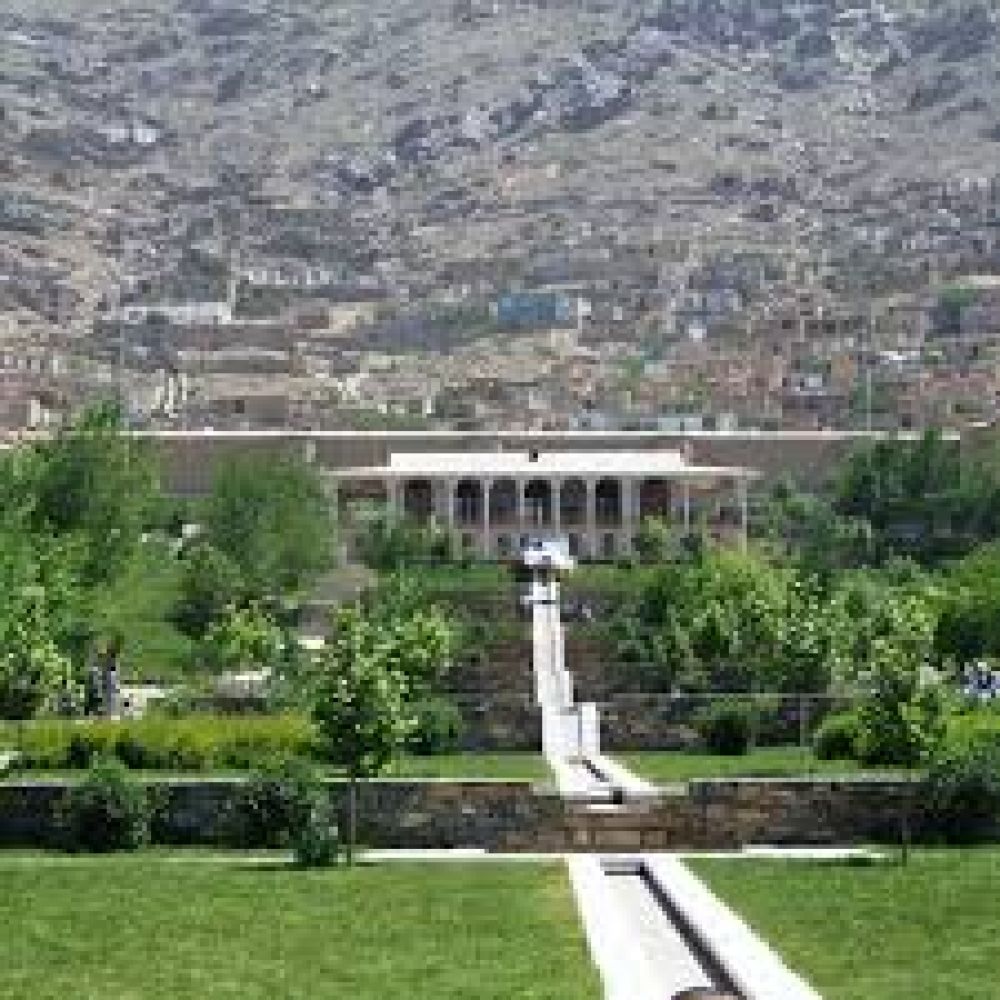

The Babur Gardens, also known as Bagh-e Babur, is a historical garden complex in Kabul, Afghanistan, that dates back to the 16th century. It was founded by the first Mughal emperor, Zahir-ud-Din Muhammad Babur, after whom the garden is named. Babur had expressed his desire to be buried in a garden of his choosing, and his wishes were fulfilled when he was laid to rest in Bagh-e Babur in 1530.
Bagh-e Babur holds a significant place in the history of tourism in Afghanistan due to its connection to the storied Mughal Empire. The garden not only serves as the final resting place of Babur but also as a site that has seen considerable historical events and visiting dignitaries over the centuries.
Despite the tumultuous periods in Afghan history, Babur Gardens have remained a beloved spot for both local families and foreign tourists. During the 1960s and 1970s, Afghanistan experienced a tourism boom, and historical sites like Babur Gardens were popular stops on the hippie trail. Visitors were drawn to their historical significance, beautiful landscaping, and the peaceful resting place of a historical figure.
In the early 2000s, significant restoration work began on the gardens with the support of the Aga Khan Trust for Culture and other international donors. The goal was to revive the garden to its former glory while also providing a tranquil public space for the residents of Kabul. These efforts have included the planting of traditional flora, restoring historical structures within the gardens, and improving the overall infrastructure.
Today, Bagh-e Babur remains a popular destination for those able to visit. It has become a symbol of Afghan cultural heritage and resilience. Visitors enjoy the site for its lush green spaces, the imposing white marble mosque, the caravanserai that now houses a visitor center, and the Babur's Pavilion.
The gardens do not only draw in those interested in history or seeking a pleasant outdoor environment; they are also a venue for cultural events, social gatherings, and communal celebrations. Both the local population and the relatively small number of international tourists find Bagh-e Babur a serene escape from the hustle and bustle of city life.
Despite ongoing challenges in the region, tourism at Bagh-e Babur provides a glimpse into the rich cultural tapestry of Afghanistan and the enduring legacy of one of its most notable historical figures.
The future of tourism at the Babur Gardens depends heavily on the overall stability of the region. Preservation of this historical site continues to be paramount, and there is hope that with peace, Bagh-e Baburat can once again become a central hub for tourism in Kabul.
Efforts by local and international organizations aim to ensure that the garden continues to be a beacon of Afghan culture and history for future generations to explore and appreciate.